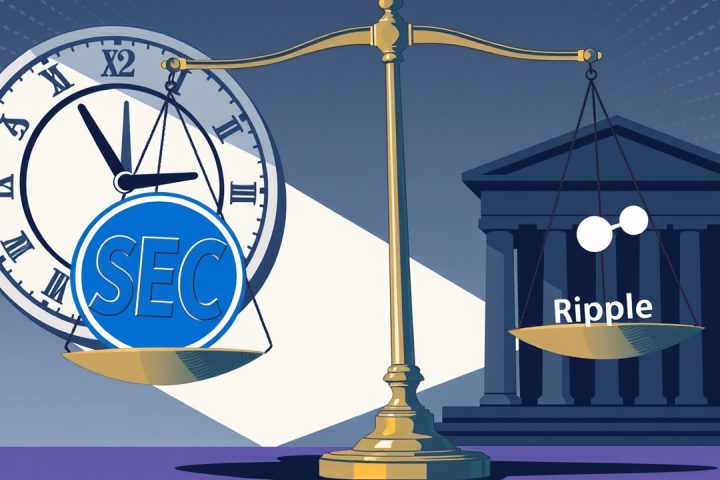Introduction
While the idea of receiving wages in stablecoins might seem appealing in today’s fast-paced digital economy, its widespread acceptance as a payment method is still lacking. Stablecoins, which enable transactions that are significantly quicker and cheaper than traditional fiat payment systems — sometimes settling payments in mere seconds — have yet to become the payroll norm. Conventional international payment methods can take up to five business days and incur substantial fees, underscoring the advantages of stablecoin salaries.
Challenges to Adoption
However, multiple challenges hinder their adoption for wage payments. One primary concern is the perceived risk associated with channeling a salary through cryptocurrency technologies. Although the crypto sector has started embracing this payment modality, highlighted by a 2024 Pantera Capital survey which noted a surge to 9.6% in the number of crypto workers paid in digital assets, skepticism persists beyond crypto enthusiasts.
The infamous collapse of the Terra-Luna ecosystem in 2022, where the UST stablecoin lost its parity with the U.S. dollar, served as a stark cautionary tale for those outside of crypto.
For many, this incident not only introduced them to stablecoins, but it did so amid scandal and stark losses, leading to hesitance about including them in payroll practices. Only compounded by ongoing reports of security breaches and fraudulent schemes within the crypto space, it’s understandable that many individuals—particularly those with financial obligations such as families or mortgages—would be reticent to shift their salary distribution methods towards those characterized by volatility and risk.
Accountants’ Influence
Beyond these immediate perceptions, another major obstacle is the attitude of accountants within organizations considering stablecoin salaries. The voices of accountants hold considerable sway in the payroll decision-making process, especially in small to mid-sized businesses. Their current uncertainty about the implications of tax law when it comes to paying salaries in stablecoins means that many are reluctant to advocate for this switch to their clients.
Areas where regulations around crypto payments are already established are still often met with confusion regarding the taxation processes, leading to further apprehension. In the United States, significant progress has been made towards legitimizing crypto as a payment method, notably through the GENIUS Act signed by former President Donald Trump. Yet, the question of taxable income versus capital gains remains a complex one for many accountants, creating an additional barrier to implementation.
Employee Concerns
For employees, the stakes involved with salary disbursement are high; it’s essential their payments occur accurately, punctually, and in accordance with local regulations. The potential consequences of tax-related errors could result in severe reputational damage for employers, making them cautious about adopting new payment technologies.
Future Prospects
When executed correctly, however, the advantages of stablecoin salaries seem to outweigh traditional fiat options. The burgeoning acceptance of stablecoin payments among independent contractors already demonstrates some of this potential, yet they remain largely seen as a temporary alternative to fiat rather than a permanent fixture in salary structures.
The path towards mainstream acceptance of stablecoin payrolls may lie in clearer regulations that instill greater confidence in accountants, leading to more robust recommendations to firms. Furthermore, as consumers begin to view stablecoins as legitimate currency and develop trust in their stability, shifts towards their regular use for salaries may be on the horizon.
The ongoing evolution of the stablecoin market, which Ripple’s CEO predicts could see valuations hit $2 trillion, could significantly alter the landscape of payroll systems globally. If a fraction of this growth spills over into wages, the payment practices of millions could be transformed profoundly.
Conclusion
In conclusion, for stablecoins to break through and be accepted as a standard method of salary payment, it’s imperative that involved stakeholders—particularly tax professionals—gain clarity on the complexities of such transactions. This requires both regulatory embrace and a shift in public perception, paving the way for the eventual mainstream adoption of stablecoin payroll processes.




